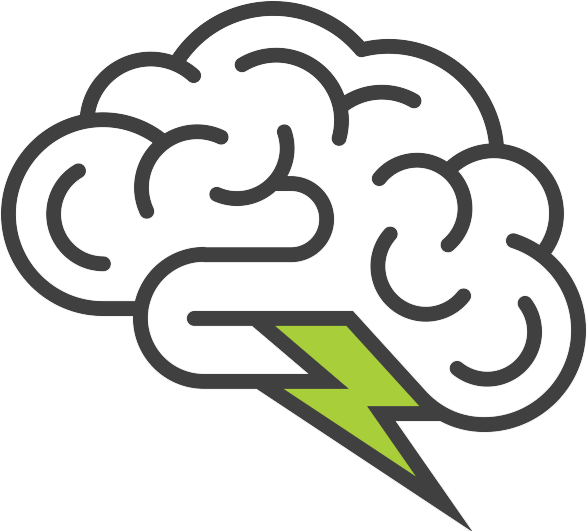What Is a Campfire Setup & When Should You Use It?

READ TIME: 2.7 minutes
I’ve been reading a lot about Campfire sessions at conferences, and am looking to do something different. What are some best practices in using Campfire setups?
What Is a Campfire Setup?
This is one of those formats that perfectly describes what it does and how it looks. Much like people sitting around a campfire listening to someone tell a story, a campfire session at a conference is an informal way of presenting and discussing topics with meeting attendees. Less structured than a typical breakout session, campfires are designed to allow attendees to easily drop in or out as their schedule and interest level permit.
Common features include:
- Location: Usually held in hallways outside of meeting rooms.
- Seating: Casual cluster of chairs, couches or other relaxed seating options.
- A/V: May or may not have slides. If so, usually a standup flat screen monitor.
- Attendance: Typically smaller groups of 15-20 people.
Benefits
- Entering a meeting room during mid-session takes a certain level of commitment, while walking out mid-session can appear rude. As a result, people often skip sessions they’re not sure about. Campfire layouts, by contrast, have no walls or doors, and the casual atmosphere make it easy for people to drop in and sample a session.
- Since campfires are usually held in hallways and there’s a fair degree of noise and distraction, it’s easy for people to leave mid-session if they need to.
- There’s no need to rent an additional meeting room.
- Campfires are good vehicles to serve topics to smaller, niche audiences, which might not otherwise warrant the organizers committing a dedicated meeting room to.
- Since they don’t need a room and have flexible furniture needs, campfire sessions are easy to implement on short notice. That’s ideal for when planners want to add a discussion topic related to a recent event.
What to Watch Out For
- Hosting a campfire session is like trying to hold a meeting in a high school cafeteria. There is a lot of background noise and visual distraction. Be sure speakers are properly notified and prepared for this format in advance. If not, it can be unsettling to people used to presenting in a closed-door meeting room.
- People passing by may not know they can drop in. Coach speakers to look for people hovering on the edge and invite them to join and grab a seat.
- Audio needs to be loud enough so participants can hear, but not so loud that it extends beyond the campfire area. Smaller speakers, carefully positioned, deliver the sound in a targeted area.
- Design content to suit the environment. You want to enable people who drop in late to be able to get value out of the session. And the content should not require intense concentration, which is difficult with the distractions inherent in the setup. Anything that would work well in someone’s living room is usually a good fit for a campfire, such as:
- Open discussions
- One on one interviews
- Presentations with self-contained sections that can stand on their own
- Narrative-based presentations


